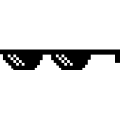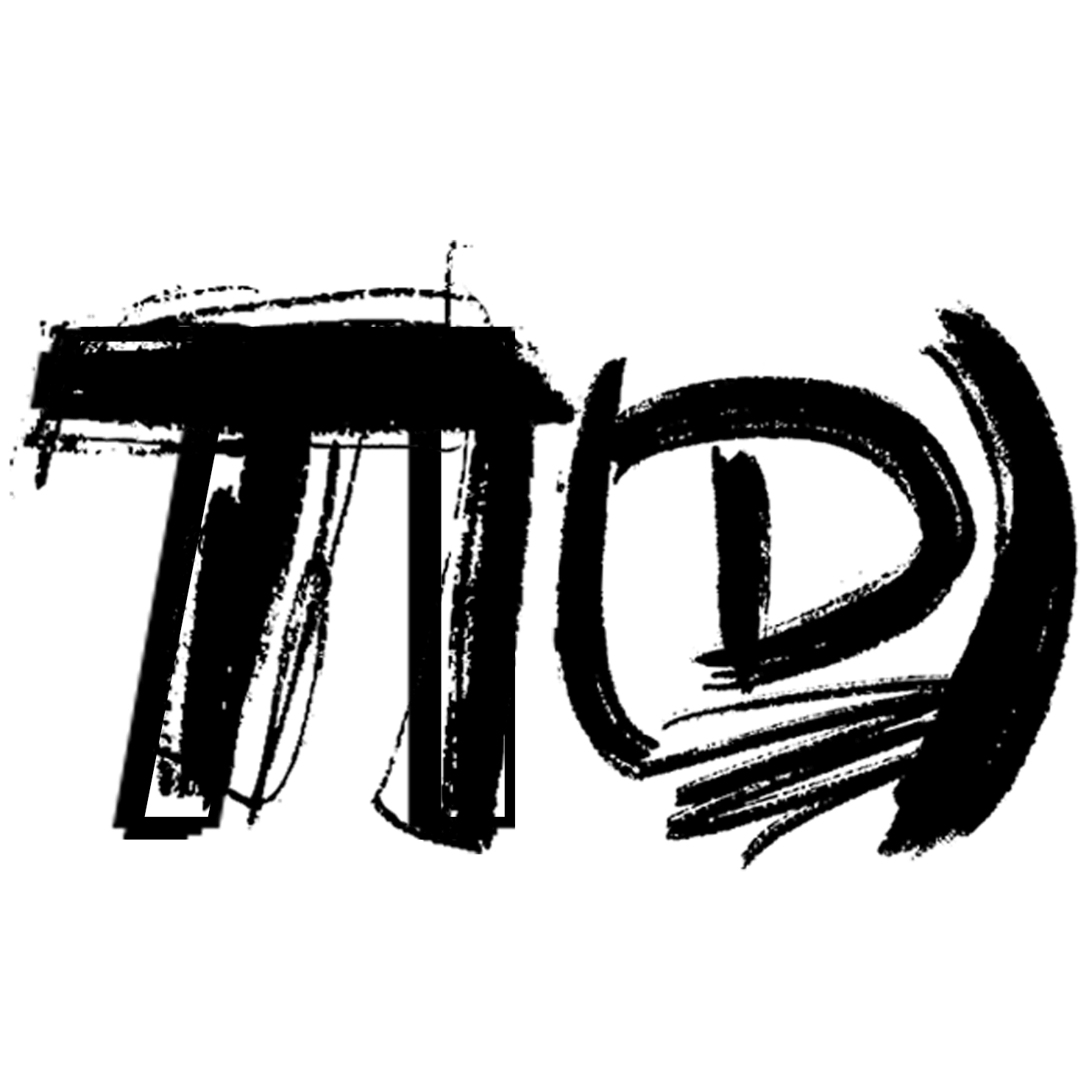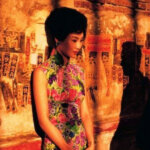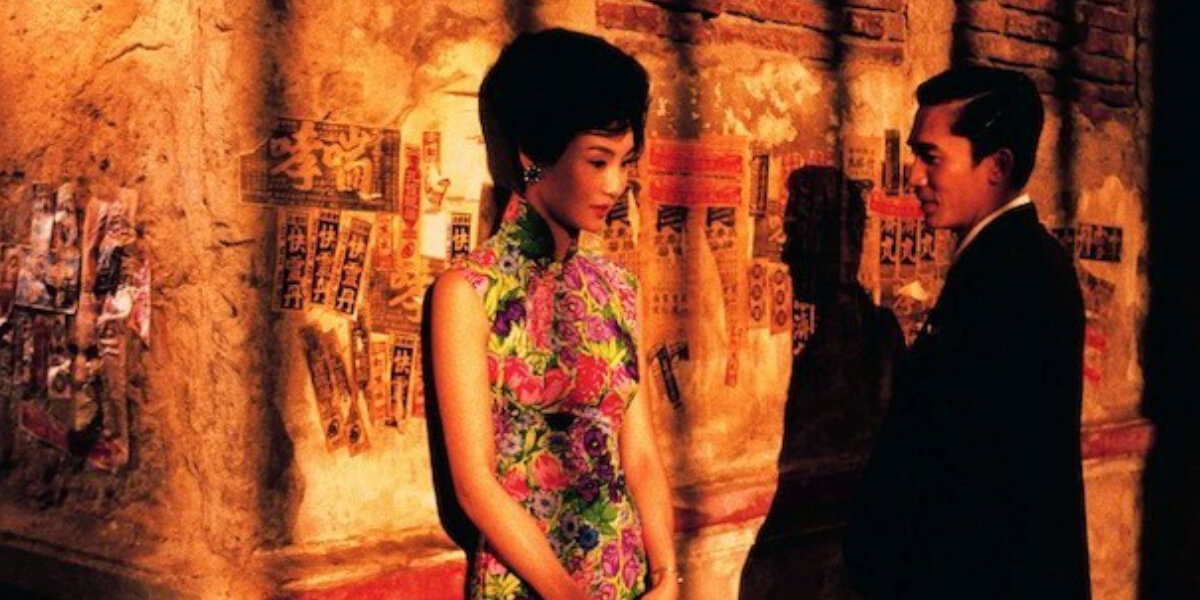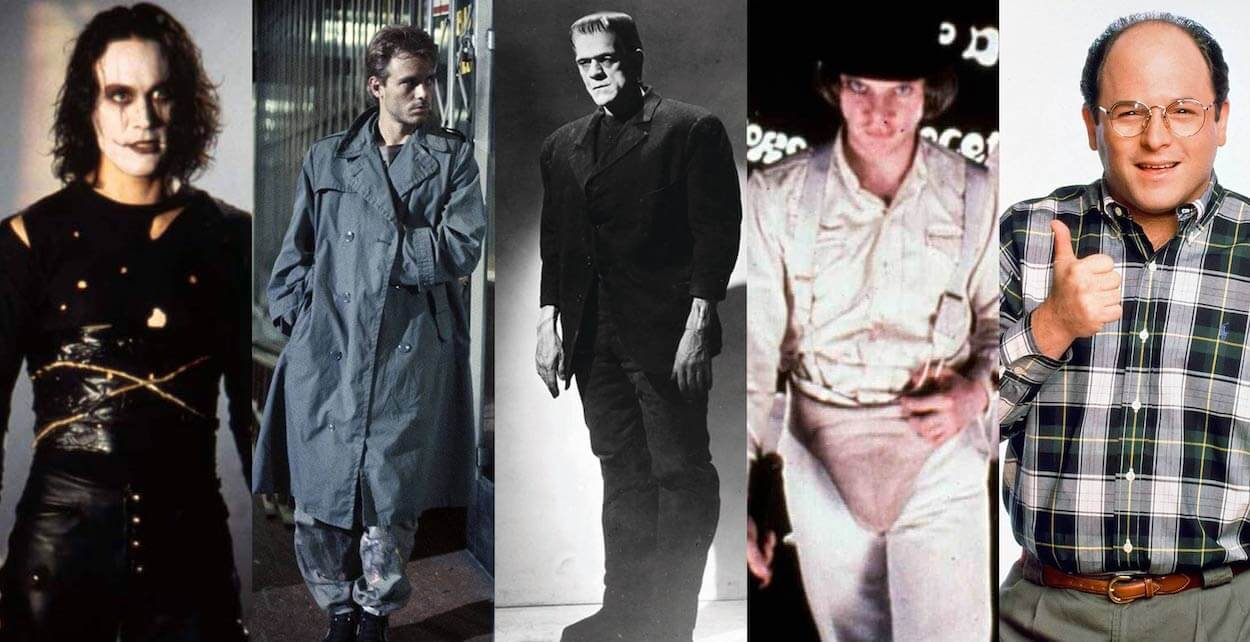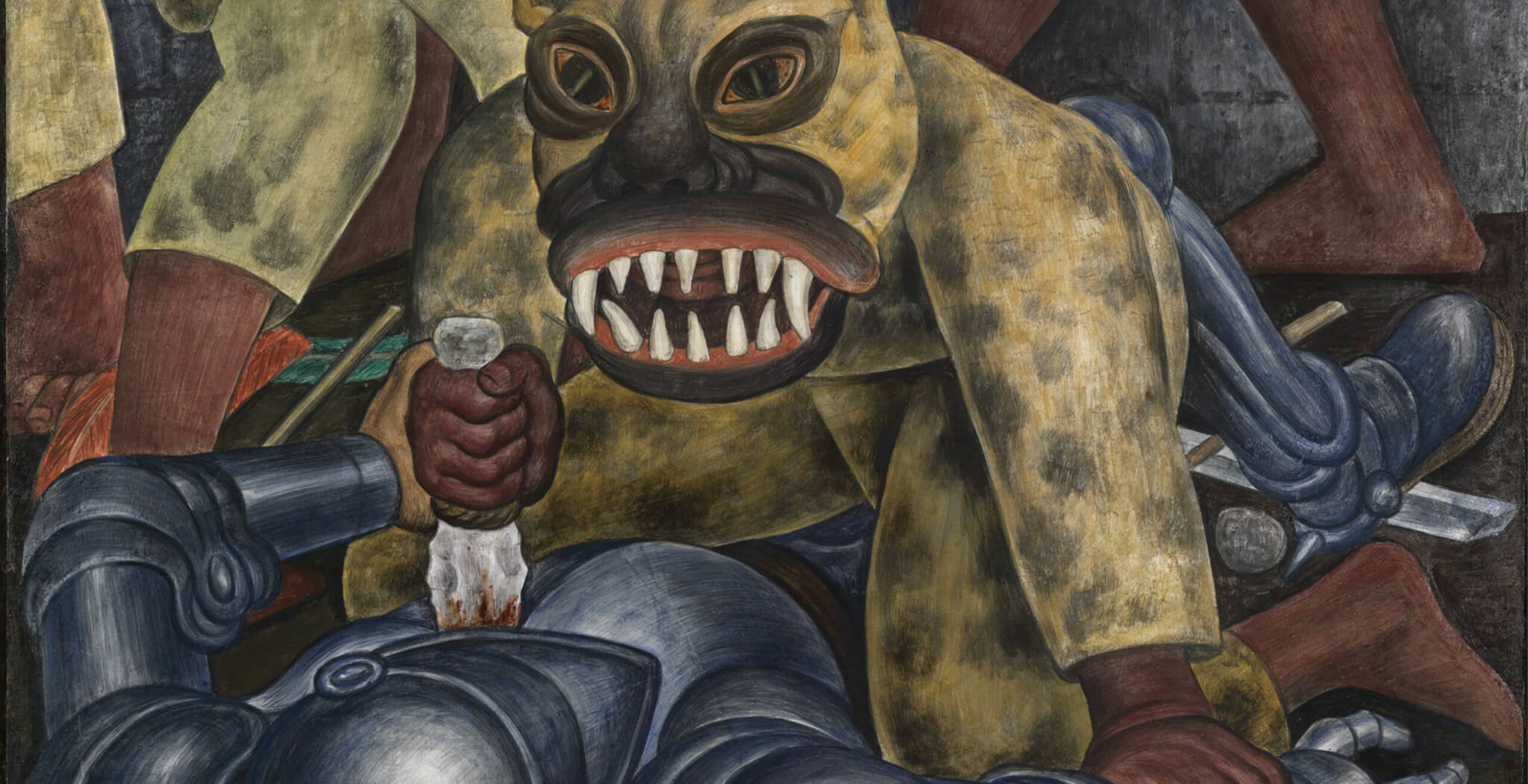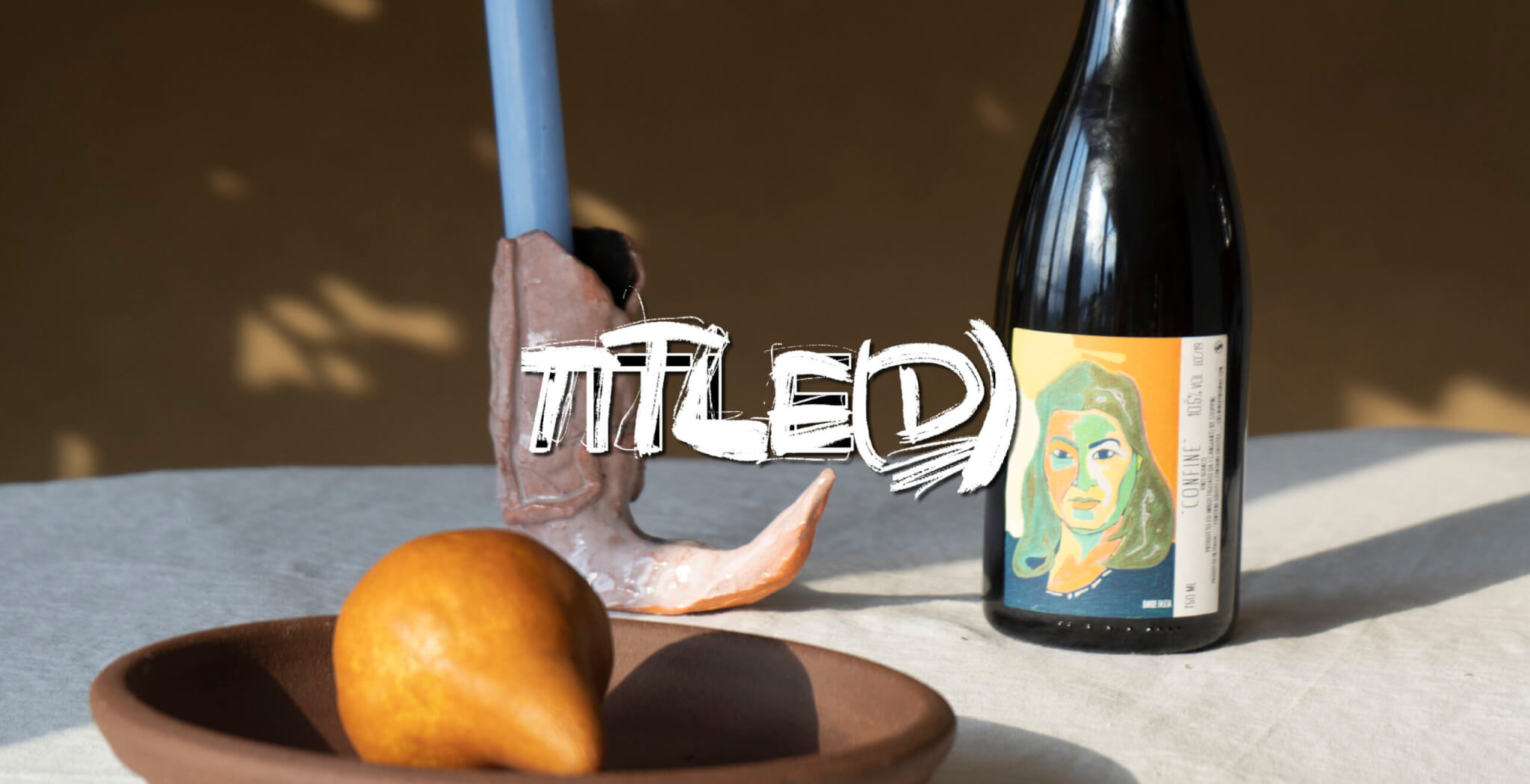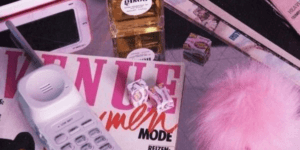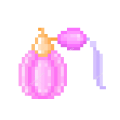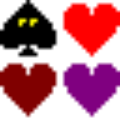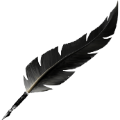Exploring Wong Kar-Wai’s visual storytelling
Good films are like fine wine; they get better with age. If there is any movie that aged like a Riserva it’s Wong Kar-wai’s opus magnum In the Mood for Love. In the twenty-five years since its release, the film has become a cult classic. Considerably one of the best romance movies ever made and a favorite amongst cinephiles worldwide. This is also thanks to its home releases by the Criterion Collection and Mubi.
Several references to this film can be found across the media and its impact on its genre and contemporary cinema is undeniable. It has influenced Sofia Coppola’s romantic comedy-drama Lost in Translation (2003) and Barry Jenkins’s coming-of-age drama Moonlight (2016). Daniels’ absurdist, genre-bending comedy Everything Everywhere All at Once (2022) visibly references the film in a sequence. It even appears in the Netflix adaptation of the graphic novel Heartstopper. Celine Song’s directorial debut Past Lives (2023) feels highly reminiscent of the melancholic moments from In the Mood for Love.
Plot-wise, In the Mood for Love is pretty minimalistic. In 1962, Mrs. Chan (Maggie Cheung Man-yuk) and Mr. Chow (Tony Leung) moved next door to each other in a Hong Kong building. At first, their relationship is polite and well-mannered. As they discover their spouses’ extramarital relationship, their bond takes a different turn. That’s where the simplicity ends. Each frame in this quiet film has an easily recognizable, show-stopping lushness that tells a story in its own way.
Picture this: one evening, in one of the film’s most famous sequences, the two protagonists separately go to purchase soup in an alley and by chance meet on a staircase. One is on the way there, the other is making her way back, and they briefly face each other before going their separate ways. The two protagonists exchange nothing but a single look, saying not a single word to each other. Still, the sensuality of the scene is palpable.
Wong Kar-wai expertly used the kaleidoscopic, opulent aesthetic, and hazy nocturnal atmospheres that have come to define his corpus. With the help of cinematographer Christopher Doyle, he was able to capture the vividness of blossoming love. At the time, Doyle’s signature evocative camera work and unusual framing added an element of undercurrent tension to the film, creating a visual language that poetically contrasts the restraints of a love story that could never be.
In the Mood for Love is a film about both love and yearning. The deep longing that this movie is centered around is also reminiscent of Wong Kar-wai’s childhood in Hong Kong.
The result is a 90-minute-long love letter on film to the bitter-sweet tension and intensity of all types of longing, executed with painstaking attention to detail. Portrayed in the film’s iconic, idiosyncratic soundtrack, meticulously composed period backgrounds, Baroque lighting, and countless stylish cheongsam worn by Maggie Cheung Man-yuk as Mrs. Chan, the unsaid emotions are apparent.
It’s in all the elements that give this film the characteristics of a contemporary cult classic.



